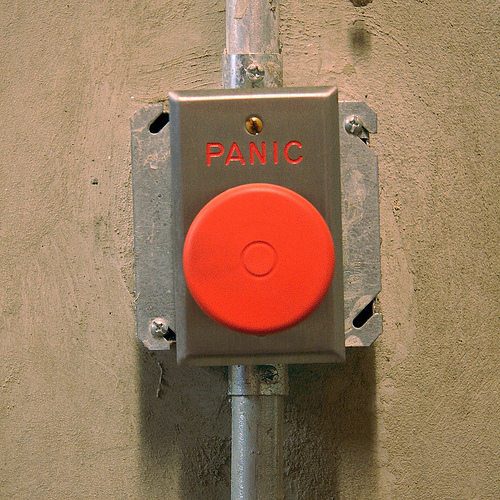TRUenergy’s release of a report attacking the costs of the renewable energy target on Friday highlight the fears it has over the impact of wind and solar on its coal and gas-fired generators. But the renewable energy industry has been quick to point out some giant holes in its argument.
The first is over the cost to the scheme. TRUenergy suggested that building enough wind and solar and other renewables capacity to meet the 41,000 gigawatt hour (GWh) target would cost $53 billion out to 2030. Reducing the target to reflect “real demand” might mean only 27,000GWh is required, reducing the cost by $25 billion – a figure designed to attract headline and talk back radio time.
The renewables industry point to numerous flaws in the pricing calculations over demand, the use of inflation indexed costs out to 2030 brought back to sound scary in 2012 dollars, and the assumed cost of the certificates.
The question on demand is a technical one, and apparently is distorted because excludes rooftop solar and older wind farms, which are defined as “negative demand” by AEMO. But the point is that the market operator has been unable to make an accurate forecast of demand one year out, let alone eight, which is why the industry, including TRUenergy and Origin Energy, favoured a fixed target when the target was legislated.
On the question of costs, ACIL Tasman has also used a CPI-index to create a large number and brought it back to today’s dollars to make it look really scary. One analysis suggested that its estimate of $1,800 per household should actually be $1,400 in today’s dollar – and the real price would reduce over time.
This means that the average cost would be $74 per year instead of $84 now. The costs are actually falling – even if ACIL Tasman calculates the pass-through of the “full” $40 value of the certificates from the small energy scheme, right out to 2030, when in fact those certificates are trading at a 30 per cent discount, which many suggest should be reflected in retail prices. The price of these certificates are expected to fall even further as the scheme winds down in coming years.
According to some, the analysis is also based on some wobbly thinking, and some erroneous assumptions.
Even if you did accept the ACIL Tasman estimate on the price of the RECs, simply halving the scope of the LRET does not deliver a halving in the cost to consumers. Far from it.
Bloomberg New Energy Finance made this point at the Clean Energy Conference in July, pointing out that reduce the LRET to a “real 20 per cent” would cut investment in renewables in half, or around $10 billion, but it might only save $3-$4 billion, or 26 per cent of the cost.
BNEF says lowering the target has only a small impact on the LGC price, as the cost of the marginal wind farm is only slightly different in the two cases. And it would mean 24 million tonnes in emissions reductions would have to be found elsewhere.
And there is some wobbly thinking in the reverse direction too. According to the SMH, NSW Energy Minister Chris Hartcher supports a 20 per cent LRET, as long as it doesn’t cost consumers, but only if the carbon price is removed.
But that is exactly what removing the carbon price will achieve. Consumers are currently compensated for the cost of carbon, but if this is removed, then the cost of the LGC’s need to be higher to bridge the gap between wholesale prices and the capital cost of wind and solar farms. The Coalition do not seem to understand this either.
Finally, there is a telling point, as we pointed on Friday, that TRUenergy is worried that renewables will push down wholesale electricity prices to the point where the business case for the current fossil fuel generators is compromised.
This is the merit order effect at work. In South Australia, and in Ireland, and to a lesser extent in other countries such as Germany, the reduction achieved in wholesale prices more than offsets the cost of the renewables energy target. Some estimates suggest that if South Australia’s wind-inspired merit order effect was repeated in Victoria, TRUenergy would lose about $200 million per year in revenue.
TRUenergy, on the other hand, admits that diluting the LRET will push up wholesale prices – enough, it suggests, to encourage the construction of new fossil fuel generation.
As the Germans are finding, the merit order effect is not an excuse to reduce the target. But it is a reason for having a sensible discussion about the structure of the electricity market.
And the question the government, or more particularly the Climate Change Authority, should ask itself is: These companies could have worked to reduce their carbon risk and diversified their generation portfolio year ago – why should they be rewarded for mismanagement?










